Jim Crow laws were the defining political, social, and economic policy throughout the first half of the 20th century. As such, these laws and policies are going to be super important for the APUSH exam. Keep reading to get an understanding of what these laws meant, the degree to which they were enforced, and how the laws were resisted.
So who’s Jim Crow?
Jim Crow wasn’t an actual person, but an understanding of who he was will help you make sense of the laws his name inspired.
During the antebellum period of the United States, minstrel shows were extremely popular. White actors in blackface would perform as exaggerated stereotypes of black people for entertainment’s sake. Thomas Rice was a famous minstrel performer; among his most popular acts was titled “Jump Jim Crow”. In the mid-1830s, Jim Crow became synonymous with black people broadly, but still in that caricatured form. With this in mind, it may be easier for you to remember the goal of Jim Crow laws: to make black Americans feel inferior, to represent these individuals as less than human, and, most importantly, to keep the vestiges of slavery’s social order intact.
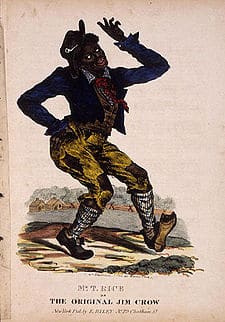
What were Jim Crow laws?
For a brief period of time following the end of the Civil War, it seemed as though the United States was serious about making emancipation mean something real for freedmen and women. The formerly enslaved now had voting power. As a result, blacks were elected to Congress during this period of Radical Reconstruction.
However, this would not last long; after the Compromise of 1877, any hopes of black equality were swiftly squashed. As a result of this compromise, it was clear that there would be no federal oversight to make sure that the formerly enslaved in the South had any rights. Jim Crow laws were established during this time period and were in effect until the Civil Rights movement of the 1960s.
Each Southern state established its own set of laws restricting the political, economic, and social rights of African Americans. There were, of course, the larger issues that you likely know about, such as “separate but equal” schools and employment discrimination. But Jim Crow laws got much more specific than just that. In Georgia, black barbers couldn’t cut white hair; Mississippi made it illegal to print and distribute literature regarding equality between the races; and North Carolina made it illegal for blacks and whites to share school books. Jim Crow laws were meant to be humiliating and made sure that the minutia of everyday life was racialized and oppressive.
In “The Rise and Fall of Jim Crow,” PBS outlines how Jim Crow laws permeated every aspect of life in the South. You can watch episode 1 below:
Did Jim Crow laws exist just in the South?
No.
Due to the work of social scientists like Richard Rothstein, it is becoming more and more clear that the North had its own de jure (or government sanctioned) policies of racial discrimination. In cities in the North, like Chicago, local and state governments made sure that blacks and whites lived in separated areas (and severely underfunded the black neighborhoods). The federal government made sure that blacks were denied the same opportunities as whites through policies that denied blacks mortgages or refused to give blacks protections during the Great Depression through New Deal policies.
The fact that Jim Crow laws were not concentrated in the South is what made the Civil Rights movement effective. Black people from Detroit, MI to Selma, AL protested their treatment in ways that made the Johnson administration pay attention; this was not a regional issue, but a national crisis.
Does the fact that these laws were called Jim Crow laws mean that they only affected men?
No.
In fact, activist Pauli Murray argued that Jim Crow policies, and the patriarchal nature of Civil Rights organizations, made it so that women of color were fighting Jane Crow. (“Jane Crow” was Pauli’s short hand for racial discrimination and sexism all at once.)
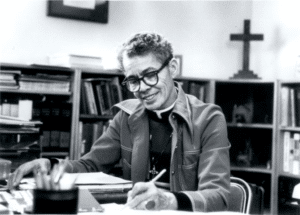
How did Jim Crow laws end?
A string of Civil Rights legislation effectively ended Jim Crow laws (although, as many historians and social critics observe, Jim Crow-era policies are on the rise again). Some of the most important legislation of the era include:
- Civil Rights Act of 1964, which prohibits employment and public access discrimination
- Voting Rights Act of 1965, which prohibits states from enacting legislation that systematically limits the rights of one group to vote. (In 2013, however, this law was effectively gutted by the Supreme Court.)
- Fair Housing Act of 1968, which prohibited restrictive covenants and other discriminatory practices
What are some example Jim Crow laws APUSH questions?
The following questions are taken from the 2017 APUSH practice exam. Although it is unlikely that the APUSH exam will ask you expressly about Jim Crow laws, you will likely be asked to think about the context of the time period. When studying, you should use Jim Crow laws as a framework for organizing the time period between Reconstruction and the Civil Rights movement.
Questions 1-3 refer to the excerpt below.
“We conclude that in the field of public education the doctrine of ‘separate but equal’ has no place. Separate educational facilities are inherently unequal.”
Chief Justice Earl Warren, writing the unanimous opinion of the United States Supreme Court in Brown v. Board of Education of Topeka, 1954
1. Which of the following was the most immediate result of the decision excerpted?
A. Radicals critiqued government actions as doing too little to transform the racial status quo.
B. Education advocates raised awareness of the effect of poverty on students’ opportunities.
C. Civil rights activists became increasingly divided over tactical and philosophical issues.
D. Segregationists in southern states temporarily closed many public schools in an effort to resist the decision.
2. The decision excerpted most directly reflected a growing belief after the Second World War that the power of the federal government should be used to
A. promote greater racial justice
B. revitalize cities
C. foster economic opportunity
D. defend traditional visions of morality
3. The Brown decision reversed which of the following earlier decisions?
A. Marbury v. Madison, which established the principle of judicial review
B. Worcester v. Georgia, which established that the federal government rather than individual states had authority in American Indian affairs
C. Dred Scott v. Sandford, which proclaimed that slaves could not be citizens
D. Plessy v. Ferguson, which endorsed racial segregation laws
Correct Answers
The answers to these example Jim Crow laws APUSH questions are:
- D. Think about the context within which public school separation happened. One ruling, no matter how well-intentioned, changed those social policies overnight.
- A. This question is putting Brown v. Board in context of the Second World War. With the racial discrimination of the Nazis in full view, many believed the federal government of the United States needed to do more to promote equality.
- D. In 1896, Plessy established the idea of “separate but equal.”


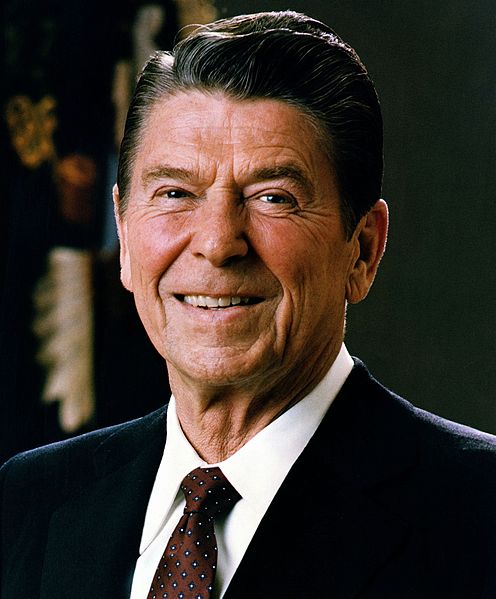
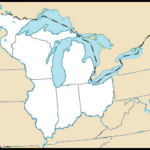
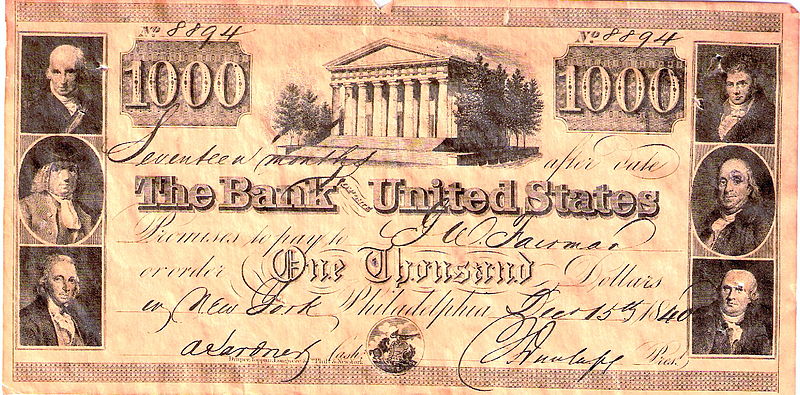
Leave a Reply